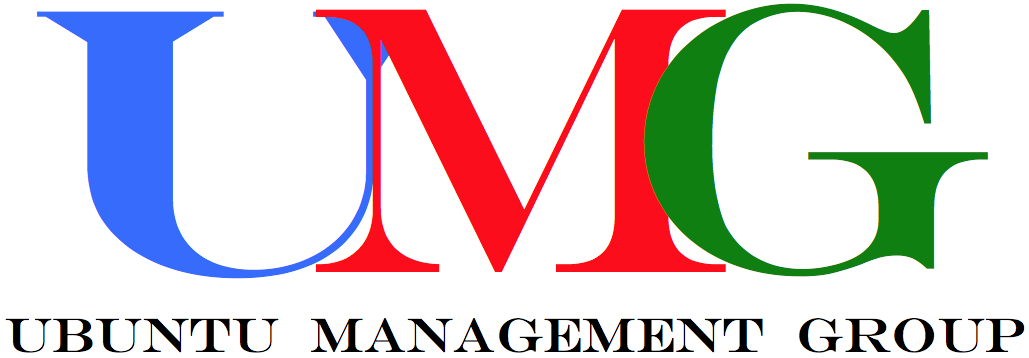Labels often get a bad rep. Moreover, labels often get pushed together into one bucket, as if they all have the same role to play. This is, of course, false. There’s many ways to label and to label has developed and evolved in both purpose and meaning over the past one hundred years or so. So what is a label? Why sign to one as an artist? There’s so much beauty in staying independent and keeping control of your rights. But the success stories are also few and far between. The reason we’re still talking about Chance the Rapper as a beacon of independence is because there’s not many other major artists who’ve been able to pull this off. For sure, Web3 is changing this to some extent, but again we’re talking about a small percentage of the total number of music creators out there who ‘are making it.’ So, do you need a label as an artist? And, what kind of artists would you sign to your label? Let’s quickly move to the major label model and then move on to the indie label and emerging label and artist team structures.
The bird’s eye view
Not that long ago, there was a specific type of artist that major labels would sign. But the advent of streaming and the rule of the playlist has pushed what was once the purview of the more leftfield labels into the path of the major - and acquisitions have also helped flatten this playing field. And speaking of M&A, we don’t have to go back much further in time to find five instead three major labels. Power seems to be centralizing in the label world and the changing nature of pop music - not as a genre but as the music that is popular - creates an arena where more of the same is the closest thing to risk-free success. What we see here, is how the VC model and the major label model resonate in a similar tune [albeit there’s much to unpack there that could lead to its own article]. Both put a lot of money into a lot of potentially valuable assets where the few create the success to sustain the majority. To decrease this risk model, it’s easy to tap into things which are already successful - whether that’s on TikTok, Soundcloud, or elsewhere. What this major label as VC model misses is what a label actually does. It’s about more than that upfront pay check - a label should create value from the music that artists create. It’s their job to create that valuable asset, not the artist/band but the IP, the music.
Historically, the majors take a large proportion of, if not all of the copyright involved in the music. Very successful artists and bands recoup their advances and get nice pay checks for the rest of their lives. But so much music doesn’t make that. So much music needs help to find its niche and thrive there. This is where the indie label comes in. Without the capital of the major, but with the knowhow, passion, and access to find those niches.
But even for the indie labels, times are changing. In the face of pureplay distributors like Distrokid or Tunecore a lot of what seems like the core work for an indie label - distribution - becomes much cheaper to access for artists. But these labels do so much more, they think about the artistic framework music sits in; they create a brand around the music; they develop fanbases together with their artists; and so much more.
Tuning into non-traditional revenue streams
Since streaming is now the dominant form of revenue for recorded music, it’s important to think about how you can access that and create success from it. And yet, it’s also more important than ever to think about other revenue streams and other models to reach specific niche fanbases and communities. A great example is the active integration a label like Monstercat pursues with the gaming ecosystem. This allows their artists to tap into the increasing revenue streams that come out of the sprawling world of gaming. But there’s so much more and it’s not always necessary to be a label to offer the support and access to solutions. Moreover, you can offer services that will allow you to work together with a variety of artists and labels. Take a look at what Rareform does in the form of digital strategy. They basically redefine the old - and misunderstood - term of label services into our current digital age. So not a label, but being really good at one part of what would traditionally have been part of a label’s work. Basically, the digital realm is so encompassing it requires specific skills and experience to navigate any campaign or release within it.










